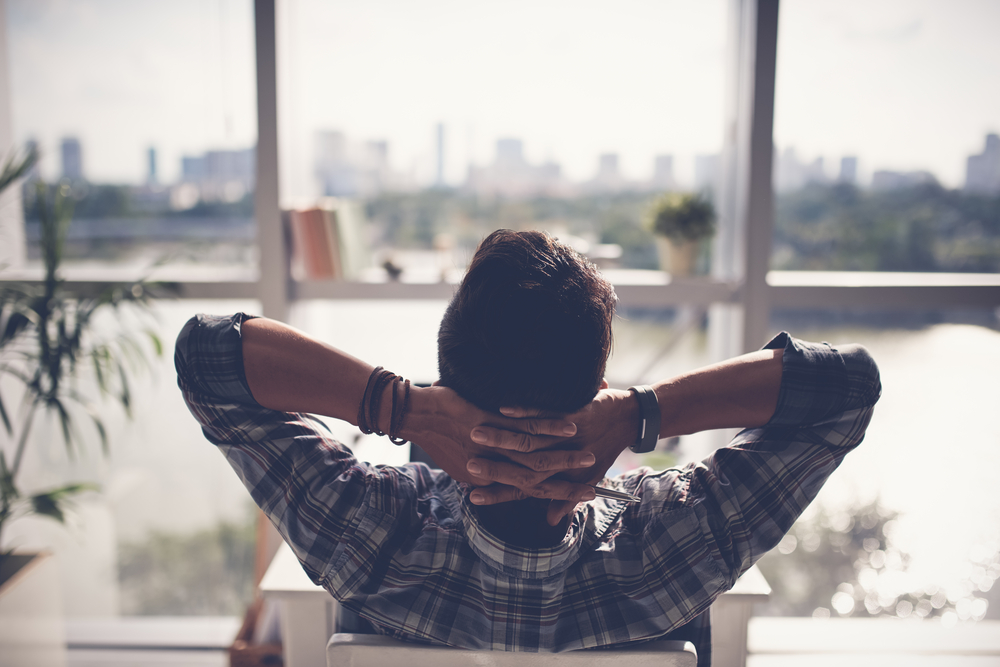
Get Paid to Share Your Expertise
Help shape the future of business through market research studies.
See Research StudiesWhether you’re a motivated and self-disciplined person or someone who procrastinates endlessly and gets sidetracked, few people can just power straight through the day and be productive the entire time.
The pull to procrastinate and put off doing difficult tasks doesn’t necessarily mean you’re being lazy.
All of us have a well-oiled internal clock that shapes our energy levels, ability to focus, and creativity throughout the day, known as our circadian rhythm and it is generally pretty regular. On average, after the workday starts we take a few hours to reach our peak levels of energy and alertness. Soon after lunch those levels start to decline and hit a low point around 3pm. According to wrote Christopher Barnes writing recently in the Harvard Business Review, it’s not the turkey sandwich you ate—even if you’ve always assumed it was—it’s your natural, hard-wired circadian process.
After that first dip at 3pm, our energy levels tend to increase until we hit our second peak, around 6pm, says Barnes, who is an assistant professor of management at the Foster School of Business in Washington and has worked in the Fatigue Countermeasures branch of the Air Force Research Laboratory.
When we’re feeling tired and sluggish, we tend to procrastinate, because we’re simply not up to dealing with complex problems. The way to combat procrastination is actually not to fight it but to work with it, by understanding your own rhythms and working to capitalize on times during the day when you are energized and alert while not getting sidetracked during the down times.
Here are some ways to take advantage of your natural circadian rhythm and to be more productive and to turn your urge to procrastinate into something positive:
Tackle complex tasks early
Research has shown that we work at our highest brain capacity, with our best focus and attention, before lunch. If you have a pretty full plate each day, schedule your most cognitive-heavy tasks early, advises Sian Beilock, a psychology professor at the University of Chicago. Unfortunately, many managers and employees start their day reading and responding to emails, leaving the cognitive-heavy stuff for after lunch, when will feel an energy dip at 3pm.
Embrace your inner procrastinator
The National Sleep Foundation says that our strongest sleep drive in the afternoon occurs between 1pm-3pm. Although that may vary a little depending on whether you are a morning person or a night person, it is likely the period of time when most of us twill procrastinate. And that’s actually okay, say researchers. There is an overwhelming amount of empirical evidence that giving our brains a break now and then is a good thing because many important mental processes require downtime and other forms of rest during the day. Downtime replenishes the brain’s stores of attention and motivation and actually encourages productivity and creativity—both of which are essential to high performance.
Change your procrastination habit
To use your procrastination time as productively as you can, ditch your habit of web surfing, Facebook stalking or playing Candy Crush. Create a list of things you can do when you’re too tired or mentally fried for anything that requires focused thinking. These should be activities that aren’t complete time-wasters, like getting your files or office organized, making a prioritized list of things that need to get done, reading industry magazines, updating your contacts file–essentially all the things you keep meaning to get to but never have the time to do.
Use your low points for creative thinking
A study published in 2012 in the journal Thinking & Reasoning found we tend to think more creativity when we’re tired. Fatigue appears to free up non-linear thinking, which can lead us to find new solutions to thorny problems. In the late afternoon, if you feel you aren’t operating with all cylinders firing because you’re too tired, that’s actually a good time to ruminate about problems you haven’t been able to solve. The study found that people perform better on analytic problems during their optimal time of day, they were also much more likely to come up with creative answers to problems during their sub-optimal time of day. When we have to be creative, being in a less alert and energetic state could actually be a benefit.

 Elena Bajic
Elena Bajic